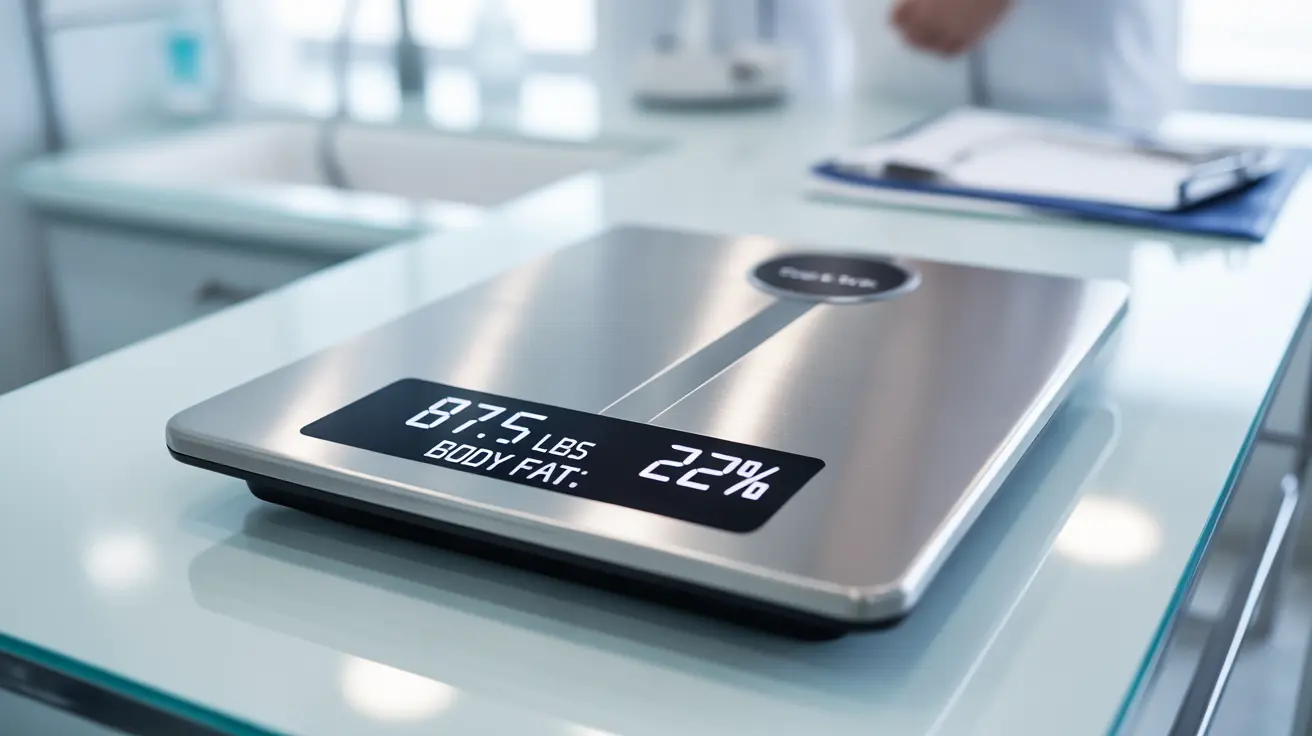Whiteheads on face are a common form of acne that can affect people of all ages, though they're particularly prevalent during adolescence and periods of hormonal change. These small, white bumps occur when pores become clogged with oil, dead skin cells, and bacteria, creating a sealed environment that appears as a white or flesh-colored bump on the skin's surface.
While whiteheads can be frustrating to deal with, understanding their causes and proper treatment methods can help you manage them effectively and prevent future breakouts. This comprehensive guide will explore everything you need to know about facial whiteheads, from their underlying causes to proven treatment strategies.
Understanding Whiteheads and Their Formation
Whiteheads form when dead skin cells, sebum (natural skin oil), and bacteria become trapped within a pore, creating a closed comedone. Unlike blackheads, which are open to the air and oxidize to appear dark, whiteheads remain sealed beneath the skin's surface, maintaining their characteristic white appearance.
Common Areas for Whiteheads
Whiteheads typically appear in areas where oil production is highest, including:
- T-zone (forehead, nose, and chin)
- Cheeks
- Around the mouth
- Jawline
- Temple area
Prevention Strategies
Preventing whiteheads requires a consistent skincare routine and attention to several key factors that can influence their development:
Daily Skincare Routine
Maintain a proper skincare regimen that includes:
- Gentle cleansing twice daily
- Non-comedogenic moisturizers
- Regular exfoliation (1-2 times per week)
- Oil-free sunscreen during the day
Lifestyle Modifications
Several lifestyle changes can significantly impact whitehead formation:
- Keep hands away from face
- Change pillowcases regularly
- Clean makeup brushes weekly
- Remove makeup before bed
- Maintain a balanced diet
Effective Treatment Options
Various treatment options are available for managing whiteheads, ranging from over-the-counter solutions to prescription medications:
Over-the-Counter Treatments
Look for products containing these active ingredients:
- Salicylic acid
- Benzoyl peroxide
- Alpha-hydroxy acids (AHAs)
- Retinol
Professional Treatments
For persistent cases, consider these professional interventions:
- Chemical peels
- Professional extractions
- LED light therapy
- Prescription retinoids
The Role of Hormones
Hormonal fluctuations can significantly impact whitehead formation through increased sebum production. This is particularly relevant during:
- Puberty
- Menstrual cycles
- Pregnancy
- Menopause
- Stress periods
Frequently Asked Questions
What are the main causes of whiteheads on the face, and how can they be prevented?
Whiteheads are primarily caused by excess oil production, dead skin cell accumulation, and bacteria. Prevention involves maintaining a consistent skincare routine, using non-comedogenic products, regular cleansing, and avoiding touching your face frequently.
How do you treat whiteheads effectively, and what over-the-counter treatments are available?
Effective treatments include products containing salicylic acid, benzoyl peroxide, and retinol. Over-the-counter options include gentle cleansers, spot treatments, and exfoliating products designed specifically for acne-prone skin.
Is it safe to pop whiteheads, and what are the potential risks if you do?
It's generally not recommended to pop whiteheads as this can lead to scarring, infection, and inflammation. If extraction is necessary, it should be performed by a skincare professional in a sterile environment.
What are some lifestyle changes that can help reduce the occurrence of whiteheads?
Key lifestyle changes include maintaining a clean pillowcase, using clean makeup brushes, avoiding touching your face, removing makeup before bed, staying hydrated, and following a balanced diet low in refined sugars and dairy.
How do hormonal changes affect the development of whiteheads, and what can be done to manage them?
Hormonal changes can increase sebum production, leading to more whiteheads. Management strategies include consistent skincare routines, hormone-regulating medications (when prescribed), and lifestyle modifications to minimize stress and maintain hormonal balance.




